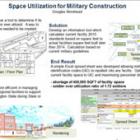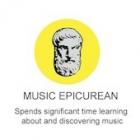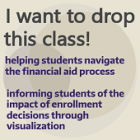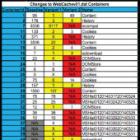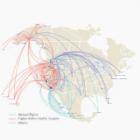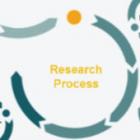
Route Assess: A Risk Assessment Tool for U.S. Transcontinental Freight Forwarding
Today’s “One Click” culture hides supply chain complexity from consumers. While logistics companies must confront supply chain risk as an everyday part of conducting business, quantifying and mitigating risk isn’t easy. Expeditors International, a global Fortune 500 freight forwarding company, wants to change the way their enterprise-level customers engage with the shipment of their goods by bringing greater visibility to supply chain risk. Route Assess, a risk assessment tool for U.S. transcontinental freight forwarding, allows Expeditors’ professional logistics analysts to measure and communicate the risk associated with a particular shipment to a customer, empowering analysts and customers to jointly tailor mitigation offerings on an individual shipment level. Aggregating crime, weather, commodity, and mitigation offering data, logistics analysts can easily input a shipment details, quantify risk along the route, visualize route data on a map, and then present this comprehensive assessment in a digestible format.

